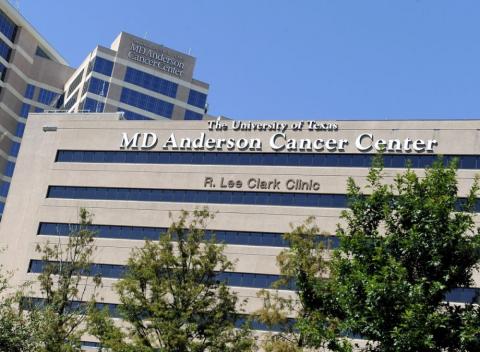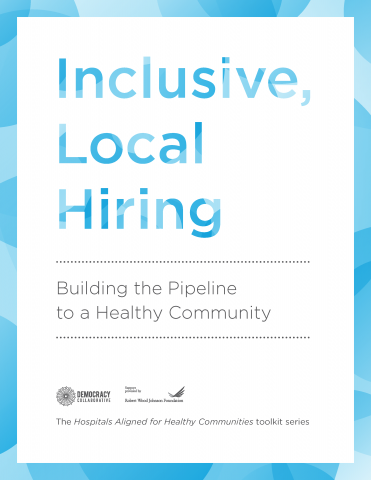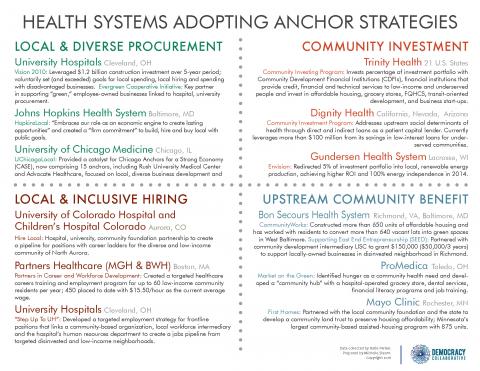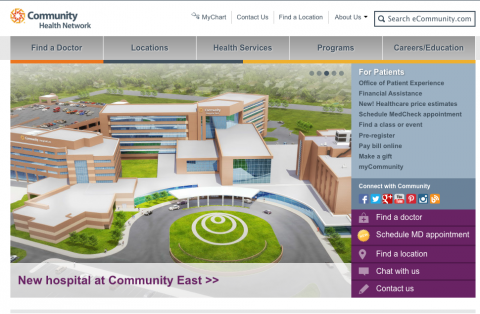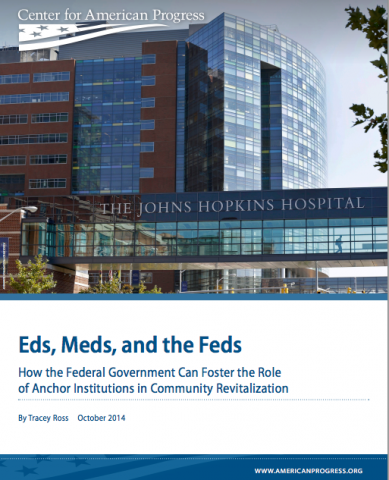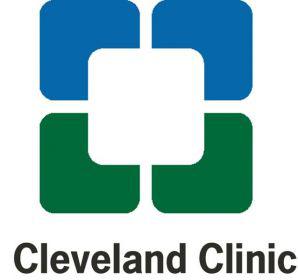Recognizing that anchor institutions are the largest employers in 66 of the nation’s 100 largest cities, mayors across the nation are working with universities and nonprofit hospitals to foster economic growth in disinvested communities. In this new report from the Center for American Progress, author Tracey Ross explores how federal officials can further enhance the role of such anchor institutions in promoting community economic development. She recommends the use of a framework based on The Democracy Collaborative’s Anchor Dashboard to hold anchor institutions accountable and to help illustrate to Congress and other stakeholders the extent of their impact in communities.
